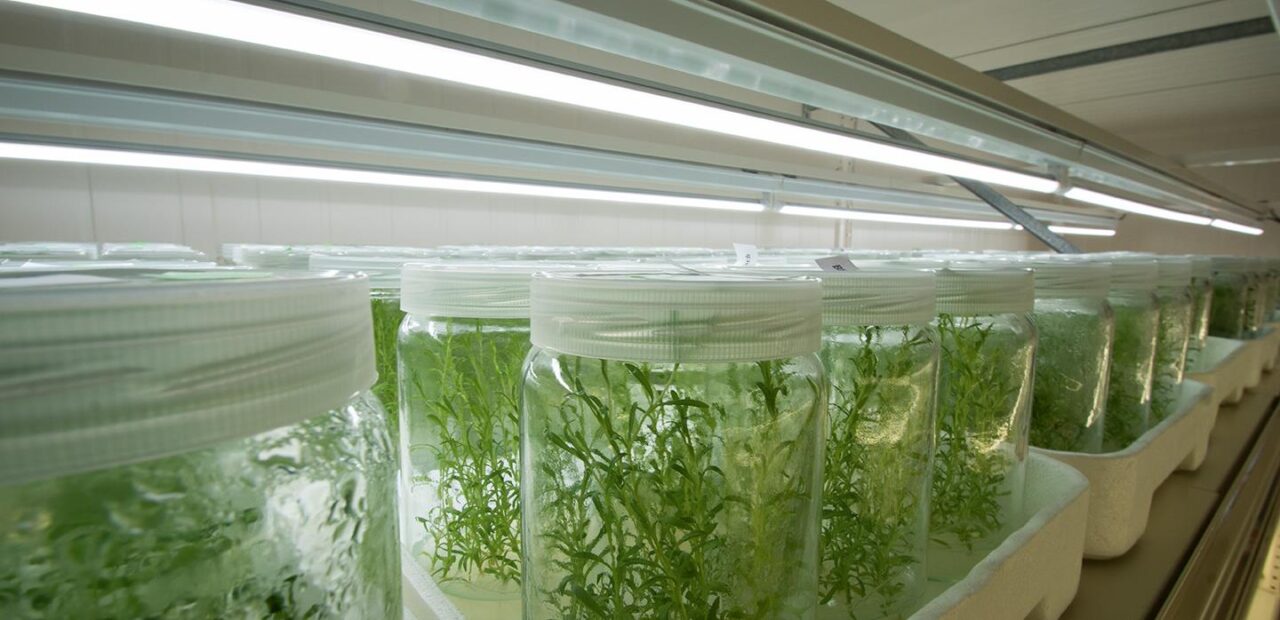Sunlight, the most complete spectrum
Plants need light to grow, and the type of light they receive can make a big difference in their development. Full-spectrum light is especially beneficial for plants, because it includes all the colors of light. This allows plants to carry out important processes like photosynthesis and growth. Full-spectrum light can help plants grow stronger and produce more leaves and flowers. It does this by promoting cell division and elongation and by enhancing the formation of pigments that are essential for photosynthesis.
Effectiveness or efficiency?
The efficacy of a light fixture is commonly quantified in terms of Watts per square meter (W/m2). Generally, a plant's response is not heavily contingent upon the absolute energy levels supplied, but rather on the quality of light it receives, particularly in terms of photons. Photons, which determine the photosynthetic potential of light, are measured through Photosynthetic Photon Efficacy (PPE), indicating the efficiency of a fixture within the visible light spectrum (400-700nm). PPE is calculated by dividing the photosynthetically active radiation (PAR) photons by the power consumed by the light fixture to produce this radiation level, typically expressed in micromoles per Watt (µmol/W) or micromoles per joule (µmol/J). This metric offers growers a comprehensive insight into the efficiency of the lighting system. However, numerous studies across various crops show that there is a need for a more comprehensive explaination of this concept.
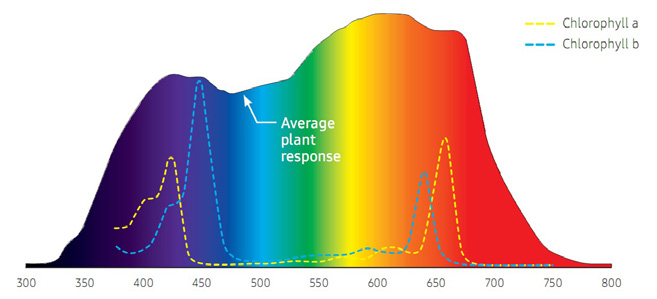
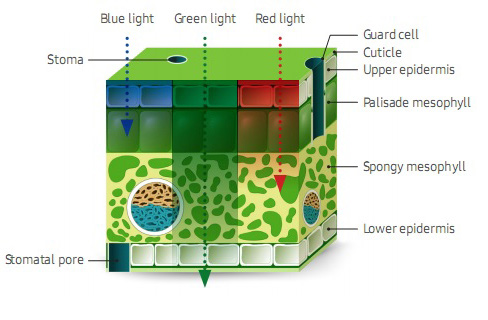
Crops do not just thrive under red (600-700nm) or blue (400-500nm) light, or even a mix of these colors. For the best growth and development, they need the entire visible spectrum, including some ultraviolet (UV) and near-infrared (NIR) light. While these wavelengths contribute less to photosynthetically active radiation (PAR), they're still essential for optimal growth. So, even though they might not directly contribute as much to growth rate, they play a crucial role in ensuring the best crop quality.

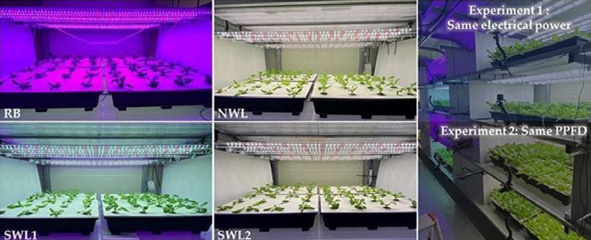
More light (or PAR) always better?
It is necessary to understand the specific light requirements of crops, including the spectral combination, ratio, and quantity of light they need. Providing the right type and amount of light is essential for optimal growth and yield. Even slight variations in light spectra can significantly impact crop development.
Numerous studies highlight the importance of finding the balance between light quantity and quality. While higher light levels may seem beneficial, it's been observed that lower light levels with lower efficiency, but higher effectiveness can often yield better results. Simply increasing light intensity without considering its quality can have adverse effects on growth and outcomes. Therefore, it's essential to prioritize the appropriate spectral composition and intensity of light to ensure optimal crop quality.
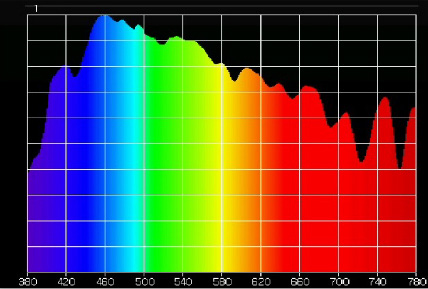


The Rofianda light fixtures employ a ratio of 1:2:2 (blue:green:red), which closely resembles sunlight and is considered optimal for supporting the complete growth cycle of crops, from seed to fruit. Additionally, including around 10% far-red light (700-800nm) and approximately 0.5% UV-A light (380nm) is essential. This specific light composition has been shown to promote a 25% increase in leaf surface area and strengthen stem development. This enhanced growth facilitates the smoother transport of growth substances from the roots upward, resulting in accelerated growth rates and improved yields. By combining these factors, growers can achieve faster and more robust growth, ultimately leading to higher crop yields.
Taking all these factors into account, the conclusion drawn is that sunlight remains optimal for crop growth.

